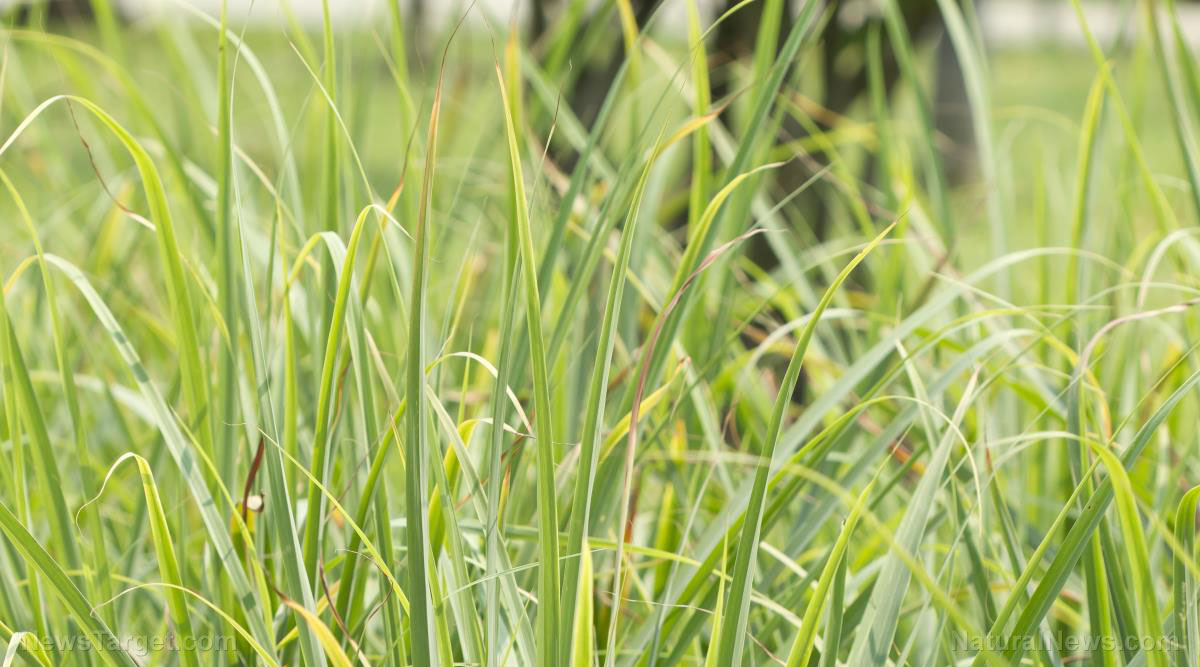
- Lemongrass is widely used in traditional folk medicine.
- The essential oil extracted from lemongrass has been reported for its antioxidant and anti-inflammatory potential.
- For the study, researchers at the University of Madras and Prist University in India induced cytotoxicity in peripheral blood mononuclear cells, resulting in modified low-density lipoprotein (LDL) cholesterol, to test the protective effect of lemongrass essential oil. The accumulation of LDL and reactive oxygen species in the arteries can cause atherosclerosis.
- The researchers also assessed the electron-donating capability of lemongrass essential oil and compared it with L-ascorbic acid.
- The results showed that lemongrass essential oil exhibited powerful antioxidant activity against modified LDL in peripheral blood mononuclear cells, demonstrating free radical scavenging activity and eliminating reactive oxygen species.
- Its antioxidant activity was greater compared to the standard L-ascorbic acid.
- Lemongrass essential oil also exhibited cytoprotective properties against modified LDL in peripheral blood mononuclear cells.
- In addition, the researchers found that it has anti-inflammatory properties as it inhibited the destruction of red blood cells.
In conclusion, these findings suggest that lemongrass essential oil has powerful antioxidant and cytoprotective properties that can protect against coronary artery diseases like atherosclerosis.
Read the full text of the study at this link.
To read more studies on the protective effects of lemongrass essential oil on the heart, visit EssentialOils.news.
Journal Reference:
Jamuna S, Sakeena Sadullah MS, Ashokkumar R, Shanmuganathan G, Mozhi SS, Niranjali Devaraj S. POTENTIAL ANTIOXIDANT AND CYTOPROTECTIVE EFFECTS OF ESSENTIAL OIL EXTRACTED FROM CYMBOPOGON CITRATUS ON OXLDL AND H2O2 LDL INDUCED HUMAN PERIPHERAL BLOOD MONONUCLEAR CELLS (PBMC). Food Science and Human Wellness. June 2017; 6(2): 60-69. DOI: 10.1016/j.fshw.2017.02.001
Please contact us for more information.






















